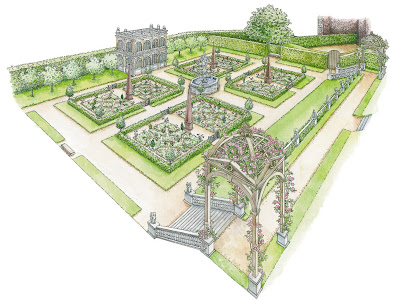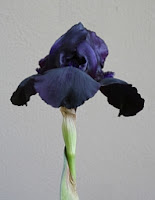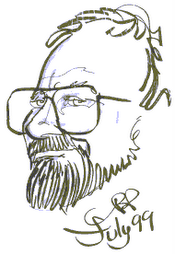
Here is, to my mind, the best of the artist's impressions of the Kenilworth Castle garden at the time of Queen Elizabeth's visit. Image by kind permission of English Heritage.
Random thoughts and images roughly based around my visits to some interesting locations.


 The Elizabethan garden that will be re-created at Kenilworth was designed and planted in readiness for the visit of Queen Elizabeth I in 1575. English Heritage run regular events at Kenilworth and here is a shot of a re-enactment of that visit showing the Queen addressing her loyal subjects.
The Elizabethan garden that will be re-created at Kenilworth was designed and planted in readiness for the visit of Queen Elizabeth I in 1575. English Heritage run regular events at Kenilworth and here is a shot of a re-enactment of that visit showing the Queen addressing her loyal subjects.
 I record most of my visits to historic sites with a Canon EOS 350D digital camera. At one time I lugged around a kit bag with three 35mm camera bodies loaded with 100ASA, 400ASA and either slide or B&W film. Add in wide-angle, standard 50mm, macro zoom, telephoto and 500mm mirror lenses plus flash, filters etc and it's no surprise that I had back-ache. Now I can get along with the Canon digital plus three lenses in a bag a quarter the size and a fraction of the weight. The quality of image, as in this photo of an iris, is still very acceptable. I love these black and near-black flowers such as this example of Helen Proctor or others like Black Watch.
I record most of my visits to historic sites with a Canon EOS 350D digital camera. At one time I lugged around a kit bag with three 35mm camera bodies loaded with 100ASA, 400ASA and either slide or B&W film. Add in wide-angle, standard 50mm, macro zoom, telephoto and 500mm mirror lenses plus flash, filters etc and it's no surprise that I had back-ache. Now I can get along with the Canon digital plus three lenses in a bag a quarter the size and a fraction of the weight. The quality of image, as in this photo of an iris, is still very acceptable. I love these black and near-black flowers such as this example of Helen Proctor or others like Black Watch.
